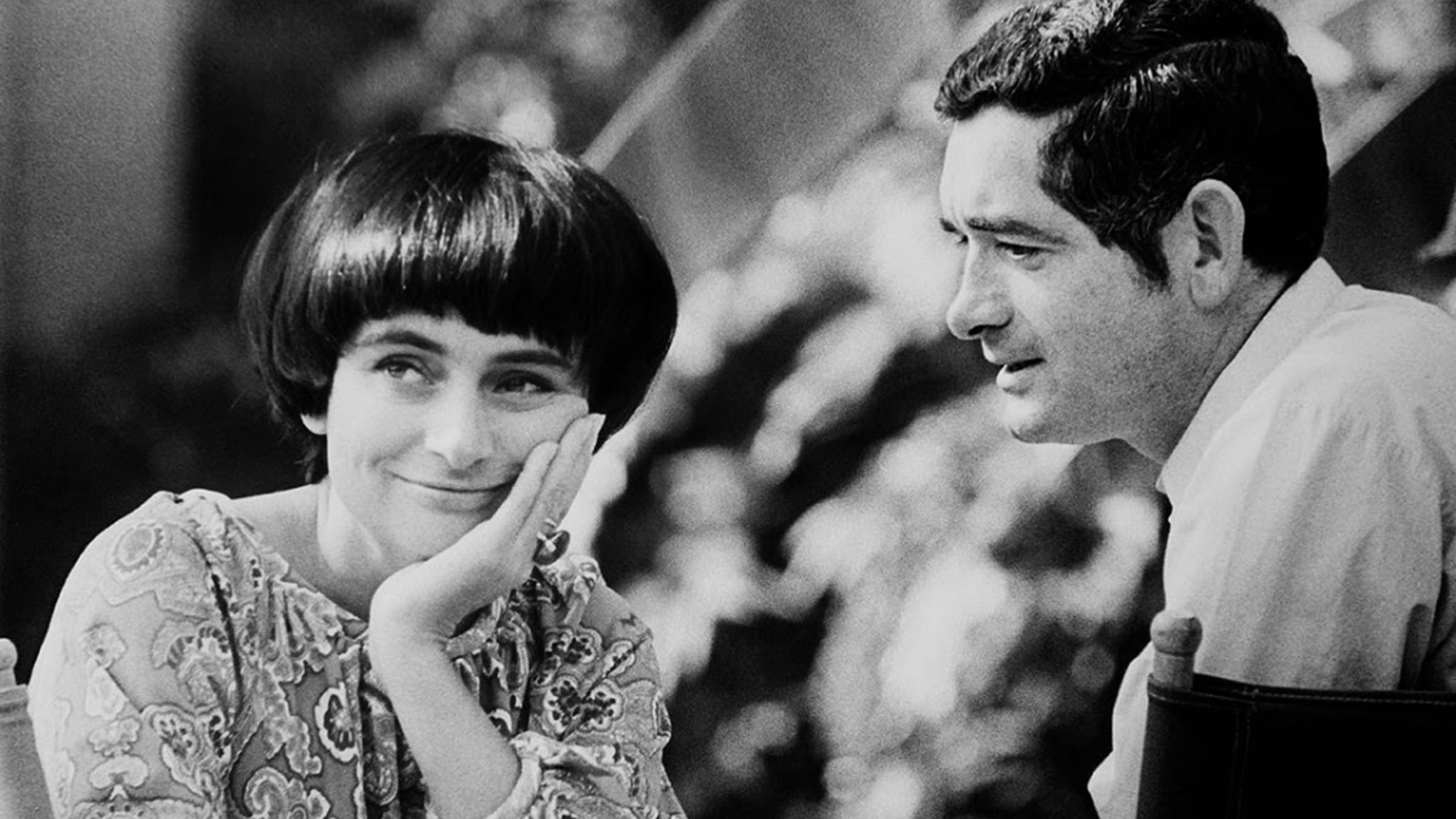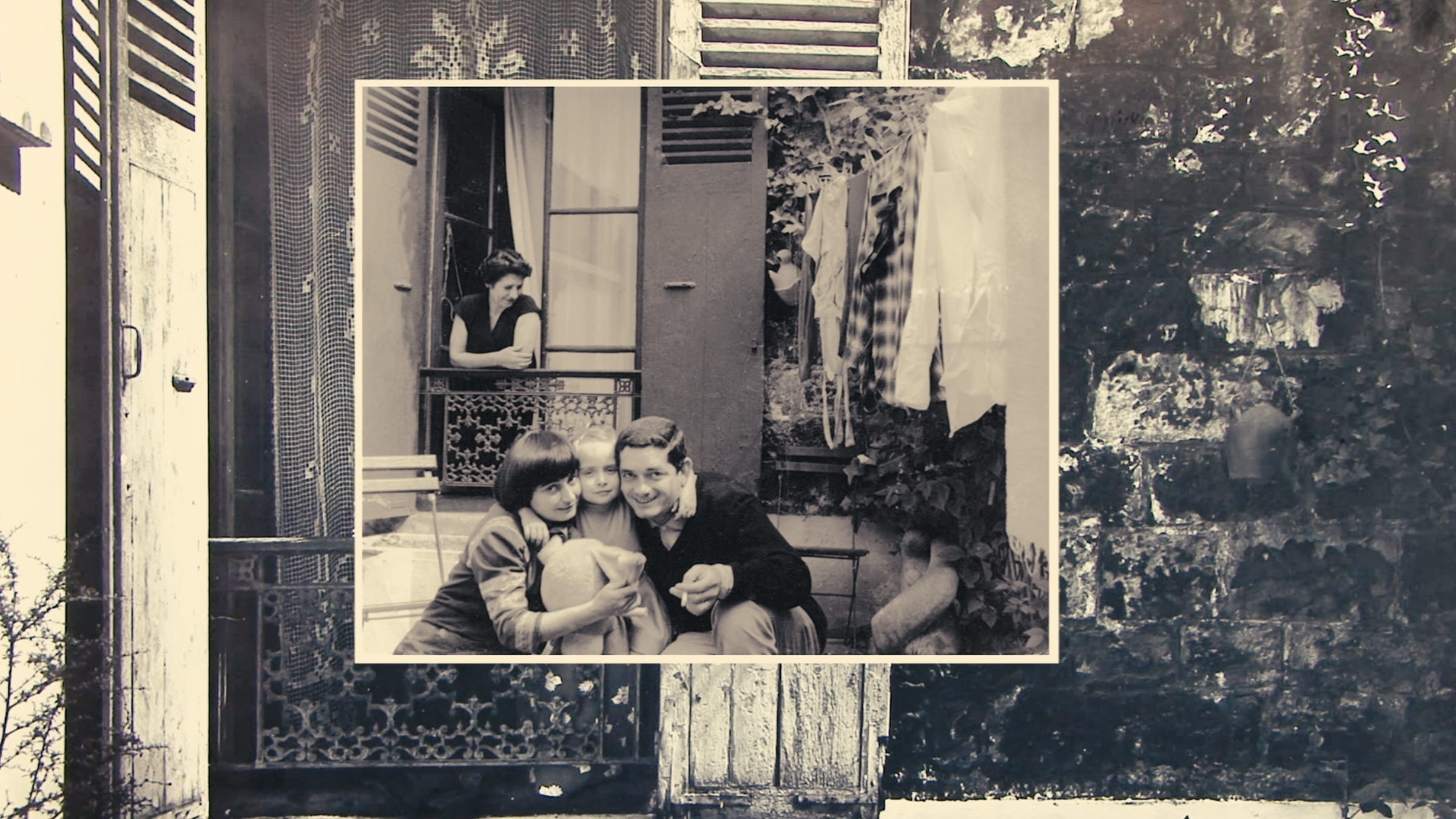RELATED ARTICLE
A Woman’s Truth
The Criterion Collection

In September 2018, I screened Agnès Varda and JR’s Faces Places for the Michigan State University Film Collective. We had a lively discussion that went past the scheduled ending time. As I was getting ready to leave, a student from my documentary history and theory course approached me. She’d never spoken in class, perhaps because, being an international student from China, she was still training her tongue to create the intricate English sounds that came so naturally to her classmates. Faces Places, however, had unleashed a world of ideas inside her. When she was done sharing her impressions, she asked, “What kind of film was that? It’s exactly the kind of film I want to make.” “That’s an Agnès Varda film,” I replied, “and that’s exactly the kind of film many of us want to make. The question is how to do it.”
They called Varda the grandmother of the French New Wave. So unique and propulsive was her vision that she could be said to be her own ancestor and her own progeny. At the same time, of course, she has countless creative heirs, particularly among women filmmakers—my student became just the most recent of them that evening in 2018. To me, Varda has always been a fairy godmother. She not only uses her wand to create her own magic but hands that wand over to us, as the Lilac Fairy does to the princess in Donkey Skin (directed by Varda’s husband, Jacques Demy). I realize that talking about fairy godmothers and princesses may seem infantilizing, overly romantic, and sexist, but the wand that Varda offers us does not lead to a handsome prince but rather to permission to tell the stories that live inside us, no matter how peculiar a form they may take. The fairy godmother, one of the few positive female archetypes that we share with children, opens doors for fellow women. We understand her power from the moment we begin to consume and process stories. This direct connection to the viewer is at the heart of Varda’s work; she once explained that she had developed a cinematic language that “continually sets up new relationships between the person who envisions and creates the film and the person who sees it.” She tried to work from an emotional palette that viewers would be able to recognize. One way she achieved the authenticity and intimacy required for that connection was by drawing from her own life for her films, including in them portraits of herself and of the people closest to her.
How do we know which of the moments that evoke a universe of tenderness or regret in us will do the same for people who didn’t live through them? It is a question I often ask myself as a filmmaker who also draws from her own experiences. It is a question that Varda found answers to over and over again. Her films invite us to explore what is distinct and compelling about our own lives as they portray universal experiences as seen through her inimitable personal lens. We all want to make Varda films, but only Varda could make Varda films. She offers us the wand not so that we can mimic her but so that we can find our own style that displays with honesty and idiosyncrasy what it means to be us and what the world looks like through our eyes. Magic indeed.
Varda was only twenty-six when she made her first film, La Pointe Courte, in 1954. She had no filmmaking education or experience. She knew very few people who might give her funds to shoot the script she had written. One of them was her mother, who sold what Varda described as “un petit truc” to help her. That translates to “a small thing,” but for me, a native Spanish speaker, the word truc doesn’t evoke a thing but rather a truco de magia. A magic trick such as when a dove flies out of a hat—the very truco a magician performed on my sixth birthday, to my friends’ amazement. Or a truco in which an empty bowl of rice suddenly overflows, as performed by Mystag, the magician in Varda’s Daguerréotypes (1975).
A truco of maternal love helped a daughter spread her creative wings with five million francs. The other five million came from an inheritance Varda received. It is fitting that she made her first film with help that came from her family, because her work consistently pays homage to her roots and to the beings she brought into the world, her two children, Rosalie Varda and Mathieu Demy. Although she would later find outside funding, she never had large budgets, no matter how many awards she received or how influential she became. As someone who, like Varda, struggles to finance my films, I don’t want to romanticize the lack of funds, especially when it comes to telling women’s stories, which remain scarce on the silver screen and its digital iterations. And yet Varda managed to find advantages in the situation, the most vital being creative control over her work. She didn’t need to alter her vision to please funders’ whims, and she kept the rights to her oeuvre, revisiting her footage in later films and controlling how her work was restored and distributed. She kept everything tied to her own production company, Ciné-Tamaris. She worked intimately, with small crews, and everyone’s voice was welcome. She often encouraged other women to learn some aspect of the film trade, in part so she could hire them. When she found women with whom she worked well—such as cinematographer Nurith Aviv and editors Marie-Josée Audiard and Sabine Mamou—their collaborations were likely to span multiple films, and sometimes decades. The smallness of her crews and budgets led those involved to put more of themselves into her films, resulting in lyrical bonds between the storytellers and what ended up on the screen. The car the doctor drives in Cléo from 5 to 7 (1962) belonged to one of the crew members, while Cléo’s necklaces, including the one she puts on as she begins to take control of her life halfway through the film, belonged to Varda herself. As Cléo walks down the Paris streets with a newfound sense of freedom, she wears close to her heart a necklace that Varda had worn. And, of course, Cléo’s heart is in fact the heart of actor Corinne Marchand. This multilayered connection enriches the film, whether or not we are aware of it.
“It is fitting that she made her first film with help that came from her family, because her work consistently pays homage to her roots and to the beings she brought into the world.”

“Varda’s self-exploration is often linked to the attachment we feel to those dearest to us.”
